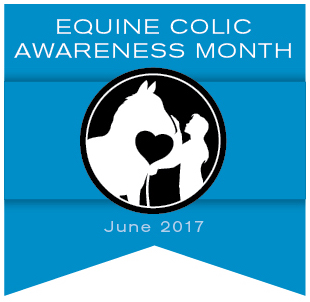Long before you walk into the barn to see a horse exhibiting the classic signs of colic, there may be signals in its attitude, behavior, performance, and health indicating that it’s at risk for colic.
One of the most basic causes of induced colic is the way we feed and care for our horses today. You horse could be at risk if any of these are a part of its lifestyle:
- stalled more than 6 hours a day
- fed grains or concentrates
- has limited access to quality hay/grass
- travels and competes regularly
- exercised rigorously
All of these work against the natural processes of the equine digestive tract and can eventually lead to a horse colicking.
Here are some symptoms that can sometimes indicate that your horse is in the early stages of digestive distress:
- lethargic
- poor hair coat
- girthiness and/or is sensitivity along its flanks (especially on the right side.)
- difficulty bending, collecting, or extending
- unwillingness to engage the hind end
- regular or intermittent diarrhea
- grain in the manure
All these can be indicative of a problem in a horse’s hindgut: the more of these symptoms the horse has, the greater the probability. And colic can soon follow.
If any of these practices or symptoms are true for your horse, learn what you can do to reduce the risk for colic.






